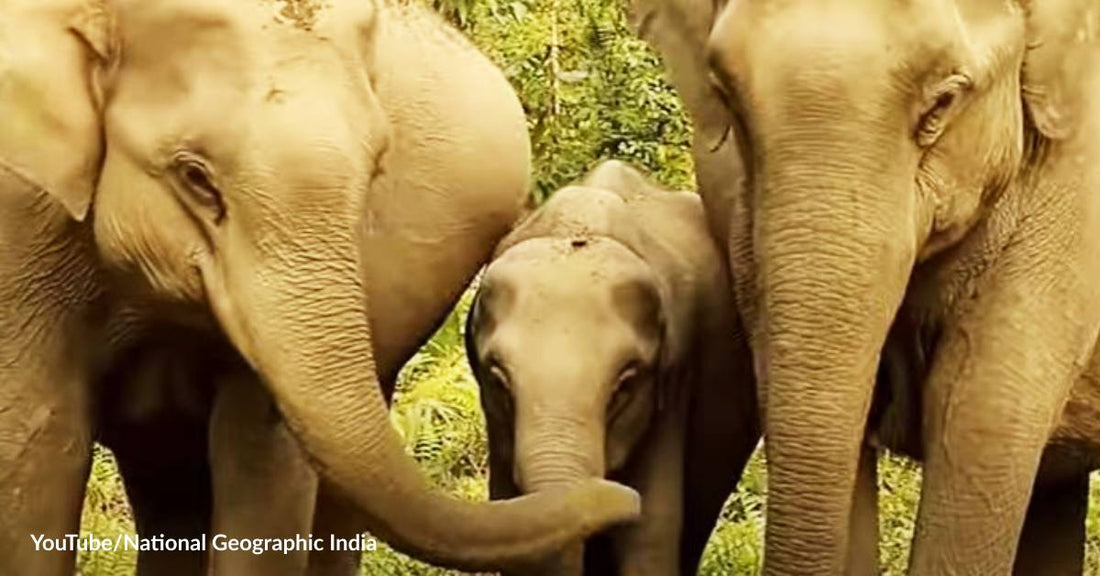Would You Welcome an Asian Elephant as a New Neighbor?
Doris de Luna
Once upon a time, Asian elephants roamed the vast southern region of the Himalayas, the lands of Southeast Asia, and as far north as the Yangtze River in China.
In early 1900s, there were about a hundred thousand of them. Now, according to National Geographic, there may be only about 50,000 wild Asian elephants remaining, with 30,000 of them struggling to survive in India.
 Photo: YouTube/National Geographic India
Photo: YouTube/National Geographic IndiaFurther, in the Nat Geo article, The Elephant Next Door, it was stated that, "From 2020 to 2022, people in Sri Lanka killed more than 1,100 elephants, and nearly 400 people died in elephant encounters. In India, from 2018 to 2020, 300 elephants and 1,400 people died because of human-elephant conflict, a phenomenon that occurs when habitat loss forces both species into close contact, often leading to injuries or death."
These conflicts arise from the fact that humans have taken over most of the homeland of these wild Asian elephants; there's only 5% left of their historic range.
 Photo: YouTube/National Geographic India
Photo: YouTube/National Geographic IndiaWe cannot deny that we are now in what scientists call the Anthropogenic Age, with man directly or indirectly causing environmental change. The impact on the animals is especially tremendous, leading to the extinction and threats of extinction for so many species.
Co-existence is now the order of the day, and when it comes to the Asian elephants, scientists have found that they are capable of adapting to various human habitats like agricultural fields, tea plantations, and wild grasslands. They have further discovered that Asian elephants are as intelligent as chimpanzees and dolphins.
 Photo: YouTube/National Geographic India
Photo: YouTube/National Geographic IndiaBut their high-level of intelligence and adaptability also lead to danger at times. Electric fencing used to be a very effective elephant-deterrent before, but these pachyderms have learned to cross these barriers by using trees to knock them down.
Now, an early warning system has been adopted by the nonprofit Nature Conservation Foundation in Valparai, India. The red beacon flashes when elephants are present in the area. It also alerts plantation workers via voice calls and text messages, thereby "reducing human deaths by elephants from an average of three a year to zero in the past two years."
 Photo: YouTube/National Geographic India
Photo: YouTube/National Geographic IndiaBut as people and these animals endeavor to co-exist, scientists can't help forecasting a bleak future for the Asian elephants. They are concerned that climate change and human activities will further reduce their population into even smaller, more fragmented groups.
As National Geographic described it, "In the long run, this could lead to elephants becoming smaller, a phenomenon that has already occurred in Borneo, where elephants are 30 percent smaller than their relatives. Larger species of elephants that lived in Asia millions of years ago have already gone extinct."
Can we stop what seems to be inevitable?
https://www.youtube.com/watch?v=wJQKGP9xkYo


